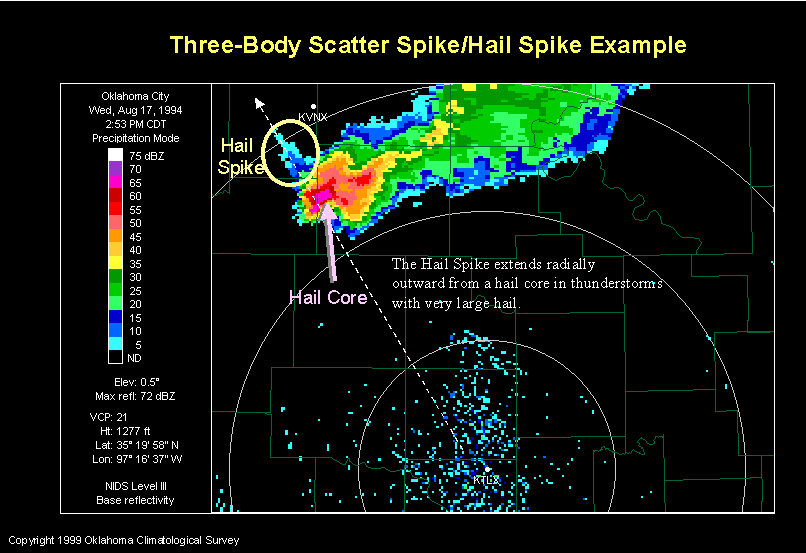

- #DOPPLER RADAR COLUMBUS OHIO ARCHIVE#
- #DOPPLER RADAR COLUMBUS OHIO VERIFICATION#
- #DOPPLER RADAR COLUMBUS OHIO OFFLINE#
- #DOPPLER RADAR COLUMBUS OHIO SERIES#
Sixteen possible data levels are also available. Four low elevation angles are available, with specific elevation angles depending on the scanning mode of the Radar. Scientists use these products to detect precipitation, evaluate storm structure, locate boundaries, and determine hail potential. Product Descriptionsīase Reflectivity (N0R, N1R, N2R, N3R/19 and N0Z/20)Ī display of echo intensity measured in decibels relative to Z (dBZ). Each copy includes state, county, and city background maps. Most 元 products are available as digital images, color hard copy, grayscale hard copy, or acetate overlay copy. Over 75 Level-III (元) products are routinely available from NCEI. A data file consists of a 24-byte volume scan header record followed by numerous 2,432-byte base data and message records. Data are stored in files that typically contain four, five, six, or ten minutes of base data depending on the volume coverage pattern.

Additional categories include dual-polarization base data of differential reflectivity, correlation coefficient, and differential phase. Level-II (L2) data are grouped into three meteorological base quantities: reflectivity, mean radial velocity, and spectrum width.
#DOPPLER RADAR COLUMBUS OHIO OFFLINE#
Request Offline Data Data Types NEXRAD Level-II (Base) Data This dataset is not currently available for direct download from NCEI, but is available by request from the offline archive. An inventory of events is available here. An event summary file with descriptive information is included for each case study.
#DOPPLER RADAR COLUMBUS OHIO ARCHIVE#
The data files have been aggregated by event and by hour for the archive with a total data volume of approximately 20 TB.
#DOPPLER RADAR COLUMBUS OHIO SERIES#
The data files are in the native compressed file format as Time Series (TS) Archive. The number of case studies per year ranges from 1 to 33, with an average of approximately 10 per year. The period of record is from 2008 to present with additional data years planned. NEXRAD operational sites and test sites are used.
#DOPPLER RADAR COLUMBUS OHIO VERIFICATION#
It includes only the Level 1 data that has been used for algorithm development and verification by the ROC and its partners. Since hail can cause the rainfall estimates to be higher than what is actually occurring, steps are taken to prevent these high dBZ values from being converted to rainfall.This dataset contains the Level-I (L1) raw radar event data recorded at Next Generation Radar (NEXRAD) sites and collected by the NOAA National Weather Service (NWS) Radar Operations Center (ROC) for specific radar case studies. Hail is a good reflector of energy and will return very high dBZ values. These values are estimates of the rainfall per hour, updated each volume scan, with rainfall accumulated over time. Depending on the type of weather occurring and the area of the U.S., forecasters use a set of rainrates which are associated to the dBZ values. The higher the dBZ, the stronger the rainrate. Typically, light rain is occurring when the dBZ value reaches 20. The scale of dBZ values is also related to the intensity of rainfall. The value of the dBZ depends upon the mode the radar is in at the time the image was created. Notice the color on each scale remains the same in both operational modes, only the values change. The other scale (near left) represents dBZ values when the radar is in precipitation mode (dBZ values from 5 to 75). One scale (far left) represents dBZ values when the radar is in clear air mode (dBZ values from -28 to +28). Each reflectivity image you see includes one of two color scales. The dBZ values increase as the strength of the signal returned to the radar increases. So, a more convenient number for calculations and comparison, a decibel (or logarithmic) scale (dBZ), is used.

Reflectivity (designated by the letter Z) covers a wide range of signals (from very weak to very strong). "Reflectivity" is the amount of transmitted power returned to the radar receiver. The colors are the different echo intensities (reflectivity) measured in dBZ (decibels of Z) during each elevation scan.


 0 kommentar(er)
0 kommentar(er)
